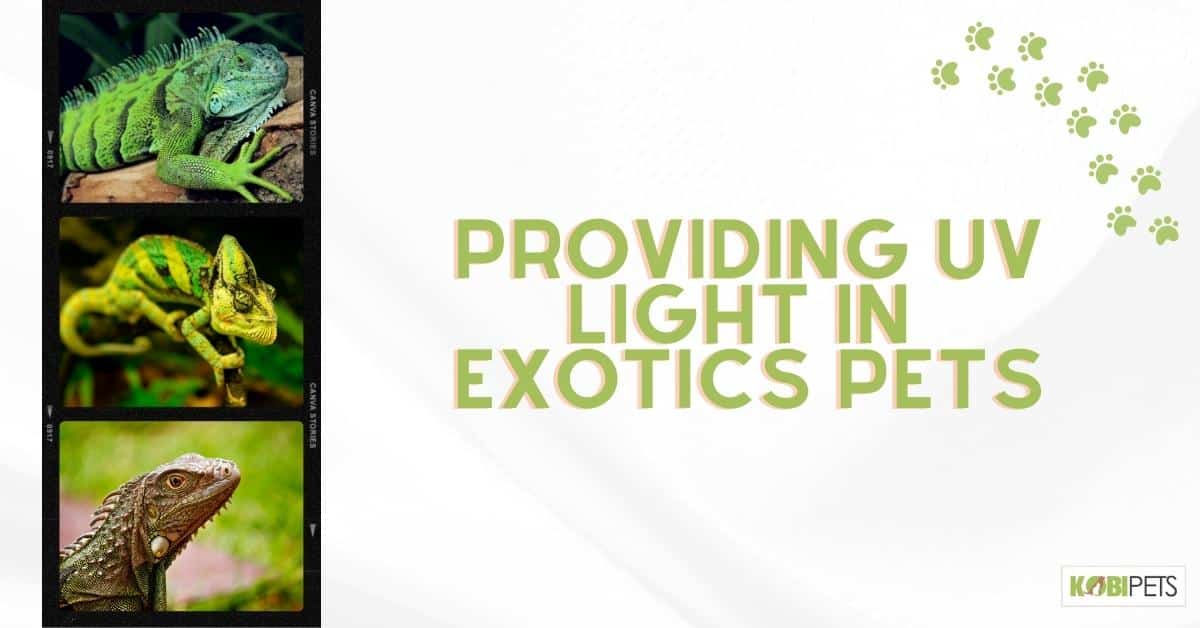
Do you want to ensure your exotic pet is getting the care it needs? Providing UV light is an essential part of taking care of exotic pets! From promoting healthy Vitamin D3 synthesis and calcium absorption to improving mood and vision, UV light has numerous benefits for maintaining good health in your pet.
In this blog post, we will discuss the importance of providing proper UV lighting in exotic pet habitats, the different types of UV light available, their benefits, and more.
Importance of UV Light for Exotic Pet Health and Well-Being
The health and well-being of exotic pets must be a top priority for any pet owner. Providing them with proper and adequate lighting is essential. UV light is an important part of the care that should be given to exotic pet species such as bearded dragons, leopard geckos, tortoises, and chameleons.
UV light helps regulate hormones responsible for appetite, activity level, sleep patterns, calcium absorption, natural growth regulation, and other biological functions. Additionally, it helps maintain their normal behaviors and makes them more active and vibrant when they receive enough UV light exposure.
Therefore, when housing an exotic pet species it is important to ensure they have access to appropriate levels of UV lighting every day in order to promote their overall health and well-being.
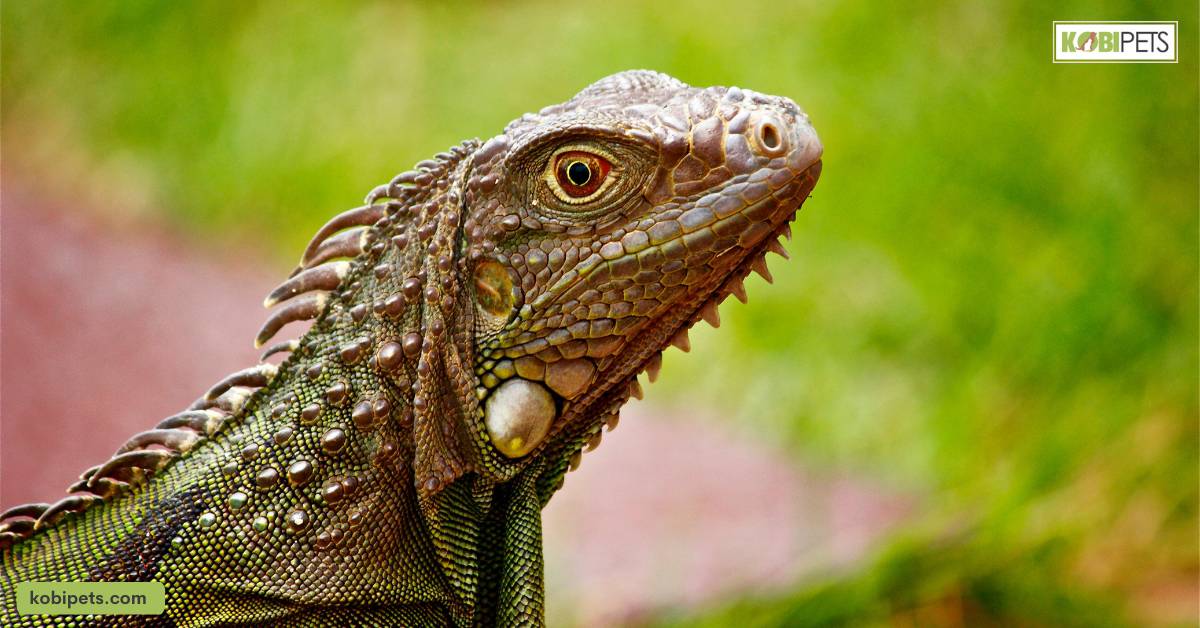
Types of UV light (UVA, UVB, UVC)
Ultraviolet light commonly referred to as UV light is a portion of the electromagnetic radiation spectrum within 100-400 nm. It can be divided into three main types: UVA (320-400nm), UVB (290-320nm), and UVC (100-290nm). Each type of UV has its own unique range of benefits and drawbacks.
UVA light is often referred to as “black light” and it is the least harmful of all UV lights. This type of light helps create a natural environment and stimulates the animal’s behavior, making them more active and interactive.
UVB (ultraviolet B) light is very important for exotic pet species because it helps in the absorption of calcium and vitamin D3 to help prevent metabolic bone disease. Additionally, UVB light helps exotic pets create their own Vitamin D3 which is essential for healthy skin and bones.
UVC (ultraviolet C) light is the most dangerous of all ultraviolet lights as it has a shorter wavelength than UVA or UVB and can cause skin burns, blindness, and other health problems in animals. UVC light should never be used for exotic pet species and if needed, only filtered UVC lights should be used.
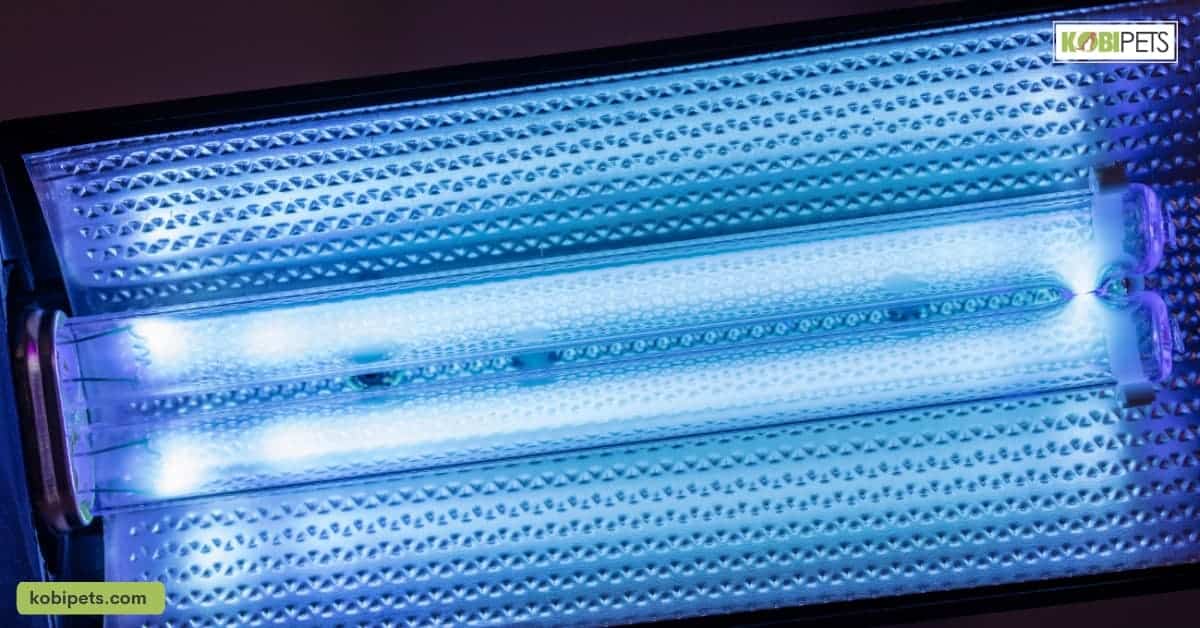
Benefits of UV Light for Exotic Pets
Taking care of exotic pets can be a difficult and demanding task. Understanding the right habitat, nutrition, and health needs for these unusual animals is essential to keeping them healthy and happy.
One unique way to promote positive physical and psychological well-being in exotic pets is through the use of UV light. Using special UV lamps for different pet species can provide numerous benefits including weight maintenance, vitamin D absorption, odor neutralization, alternative therapy for diseases, and more.
- Vitamin D3 Synthesis: UV light helps exotic pets create their own Vitamin D3 which is essential for healthy skin and bones.
- Calcium Absorption: UVB light helps in the absorption of calcium and vitamin D3 to help prevent metabolic bone disease.
- Improved Mood: UVA light helps create a natural environment and stimulates the animal’s behavior, making them more active and interactive.
- Improved Vision: Exposure to UV light can help improve eyesight in some exotic pet species, such as bearded dragons and chameleons.
- Stress Reduction: Proper levels of exposure to UV light help reduce stress in exotic pets, making them less prone to ill health.
- Natural Behavior: UV light helps regulate hormones responsible for appetite, activity level, sleep patterns, calcium absorption, natural growth regulation, and other biological functions. This helps promote normal behaviors in exotic pet species.
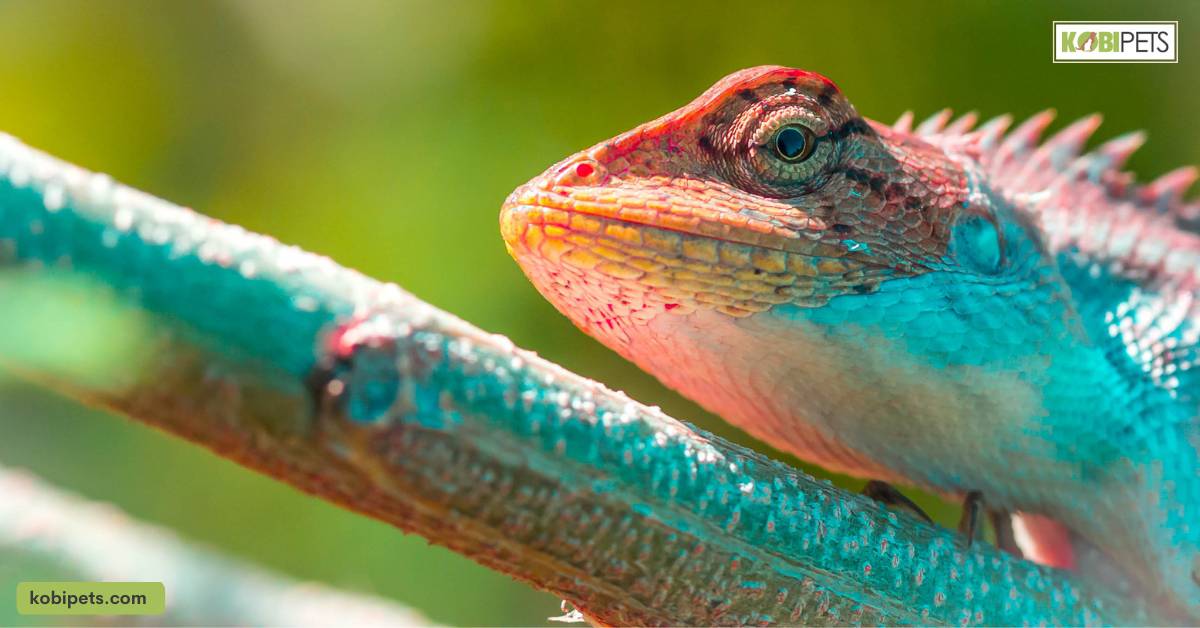
Providing UV Light in Exotic Pet Habitats
Choosing the Right Uv Light Source (Bulbs, Led Lights, Fluorescent Tubes)
When choosing a UV light source for an exotic pet habitat, consider cost, ease of use, longevity, and the size of your habitat. Ultraviolet (UV) bulbs provide more intense light concentration than LED lights or fluorescent tubes, but they have a shorter lifespan.
LED lights are the most energy efficient and require less frequent replacement, but they put out a lower level of UV radiation. Fluorescent tubes provide UVA and UVB rays for reptiles and amphibians, but because of their size and shape, they may not be practical for all habitats. Consider the type of exotic pet you are keeping as well as the type of lighting that best suits your needs before purchasing any products.
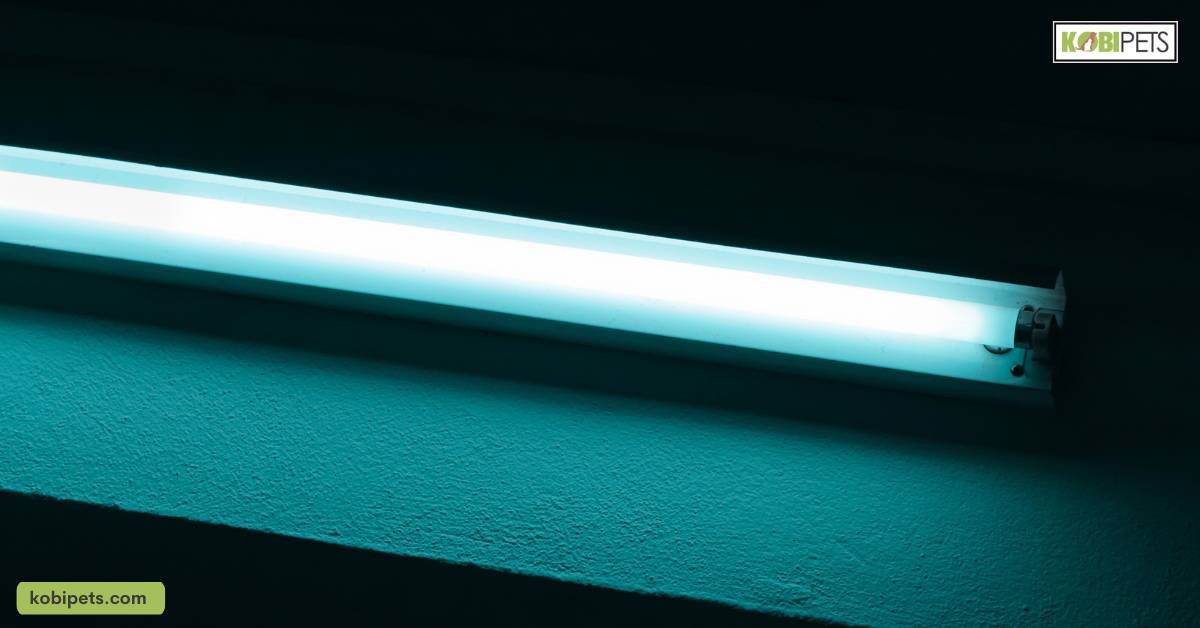
Proper Placement and Distance of UV Light in the Habitat
The proper placement and distance of UV light in the habitat are essential for providing the healthiest environment possible for exotic pets. To ensure a pet is adequately exposed to UV light, lamps must be situated within eight to twelve inches of the coconut fiber bedding that typically lines their habitats.
If the lamp is any farther than 12 inches away, most of the beneficial UVA and UVB radiation will not penetrate the substrate layer and reach the pet. The lamp wattage should also be taken into consideration when selecting an appropriate bulb as higher-wattage bulbs are necessary if they are placed at a greater distance from the substrate layer.
Lastly, when positioning lamps it is best to err on the side of caution by placing them slightly lower in order to provide adequate coverage while avoiding direct skin exposure that can result in harm to pets due to overexposure.
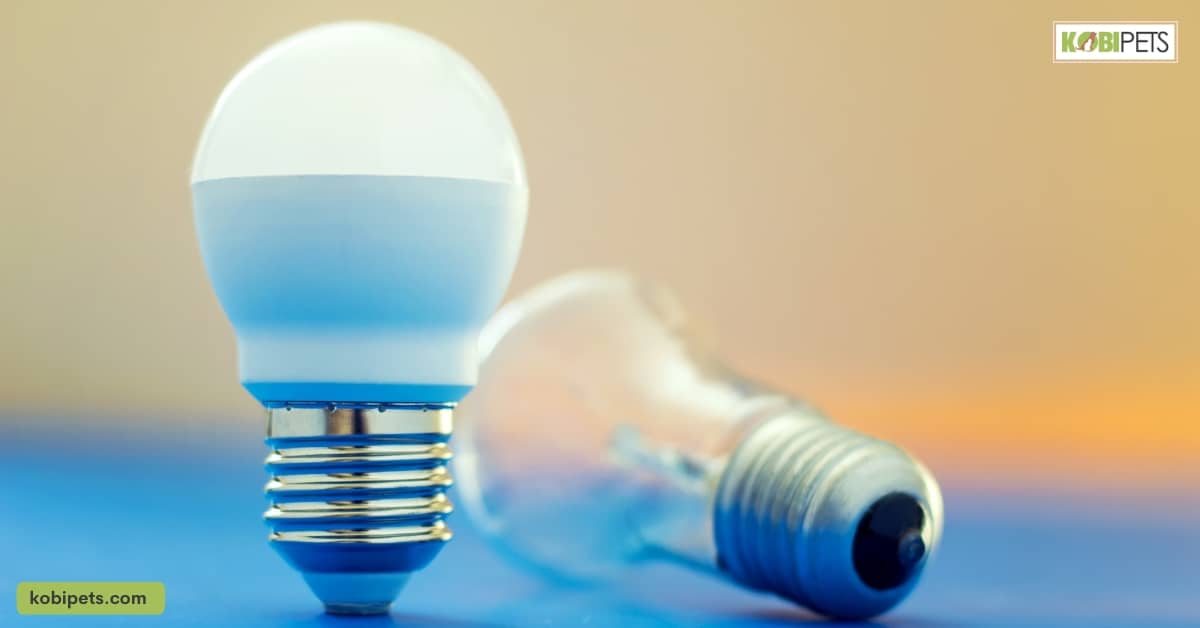
Maintenance and Replacement of UV Light Sources
When providing UV light in exotic pet habitats, it is important to regularly maintain and replace the UV light sources. The ideal time for replacing such lights is every six months; however, you may need to shift this schedule based on the manufacturer’s recommendations.
In addition, when cleaning the enclosure, it is advisable to use a soft and lint-free cloth rather than the vacuuming method as this creates dust that can accumulate within the unit, thus reducing its surface’s radiation capabilities. Furthermore, it is best to cover these units with a fine mesh below for easy access to airflow during routine maintenance.
To ensure your pets receive an adequate amount of UV technology, always use quality products designed specifically for reptiles and amphibians.
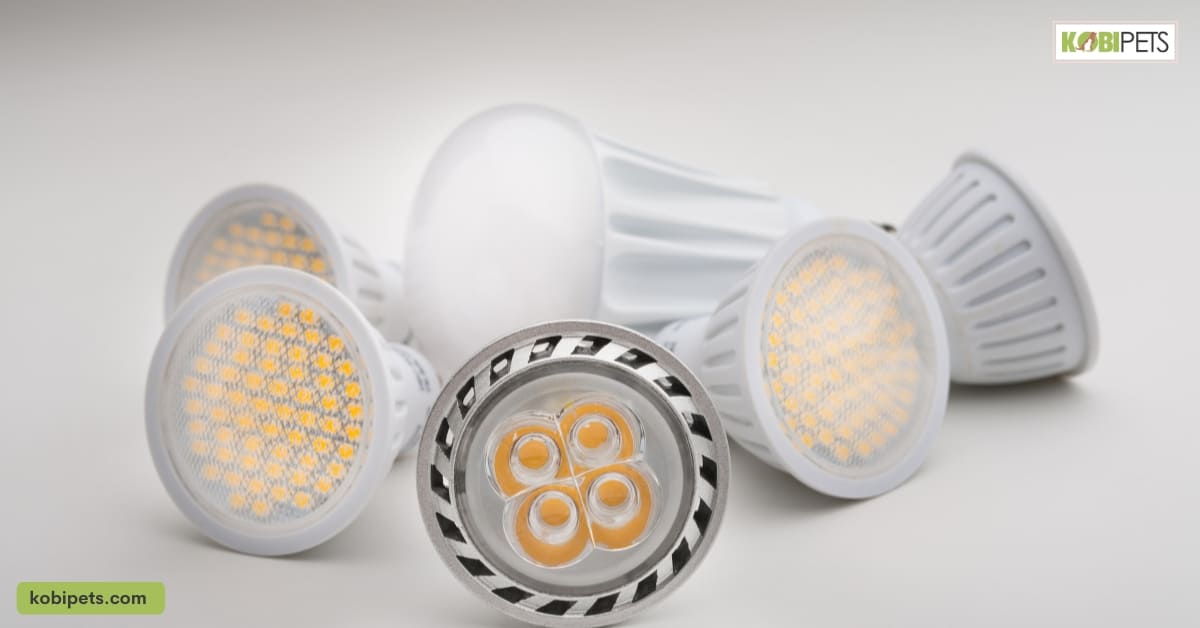
Risks of Over-Exposure to UV Light
Taking care of our exotic pets requires extra consideration, especially when it comes to their exposure to UV light. While small amounts of light may provide valuable benefits, overexposure can be dangerous and lead to health problems.
In order to keep our exotic pets healthy, it is important to understand the risks associated with too much light and how to minimize any risk potentials.
- Damage to Skin and Eyes: Overexposure to UV light can cause skin burns, blindness, eye damage, cataracts, and other health problems in animals.
- Immune System Suppression: Prolonged exposure to high levels of UV radiation can weaken the immune system making exotic pets more susceptible to disease.
- Stress and Anxiety: Over-exposure to UV light can be stressful for exotic pets, leading to depression, agitation, and other psychological issues.
- Vitamin Toxicity: Too much vitamin D3 absorbed from UV light exposure can cause an accumulation of toxic levels of vitamins in the body, which may lead to liver and kidney damage.
- Reproductive Issues: High levels of UV radiation have been linked to reproductive issues such as decreased fertility, birth defects, and the malformation of eggshells in some reptiles.
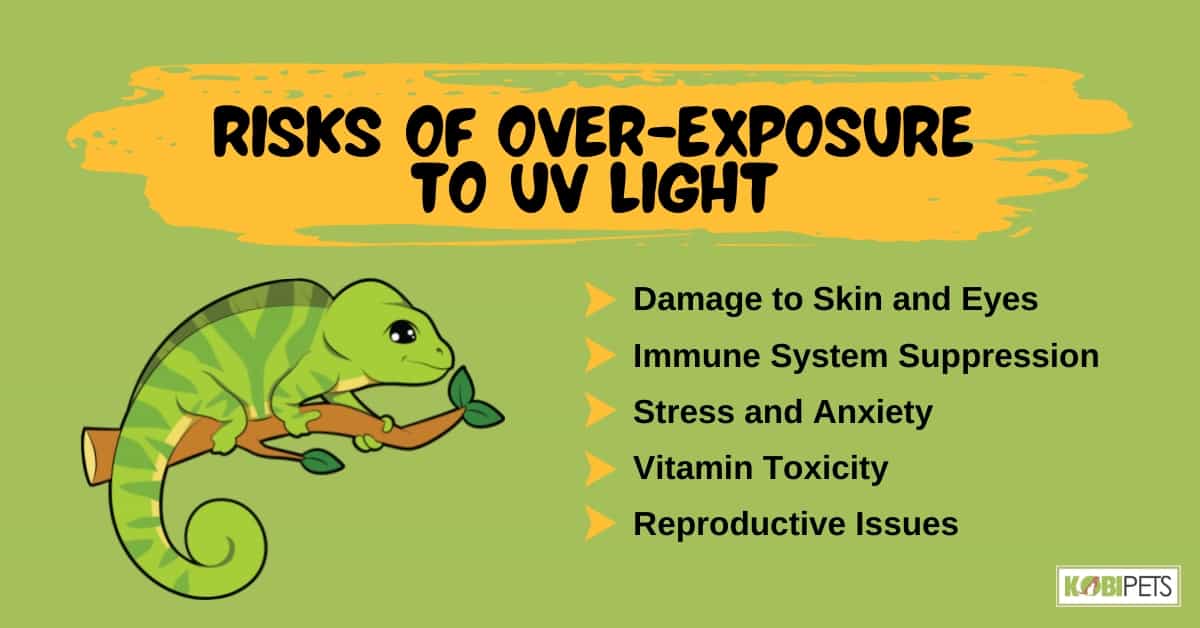
Risks of Over-Exposure to UV Light
In Conclusion
Providing UV light for exotic pet species is an important part of their overall health and well-being. It helps regulate hormones responsible for appetite, activity level, sleep patterns, calcium absorption, natural growth regulation, and other biological functions.
Additionally, it helps maintain their normal behaviors and makes them more active and vibrant when they receive enough UV light exposure. When providing UV lighting, it is important to consider the type of exotic pet you are keeping, the type of lighting that best suits your needs, and ensure proper maintenance and replacement of UV light sources.






